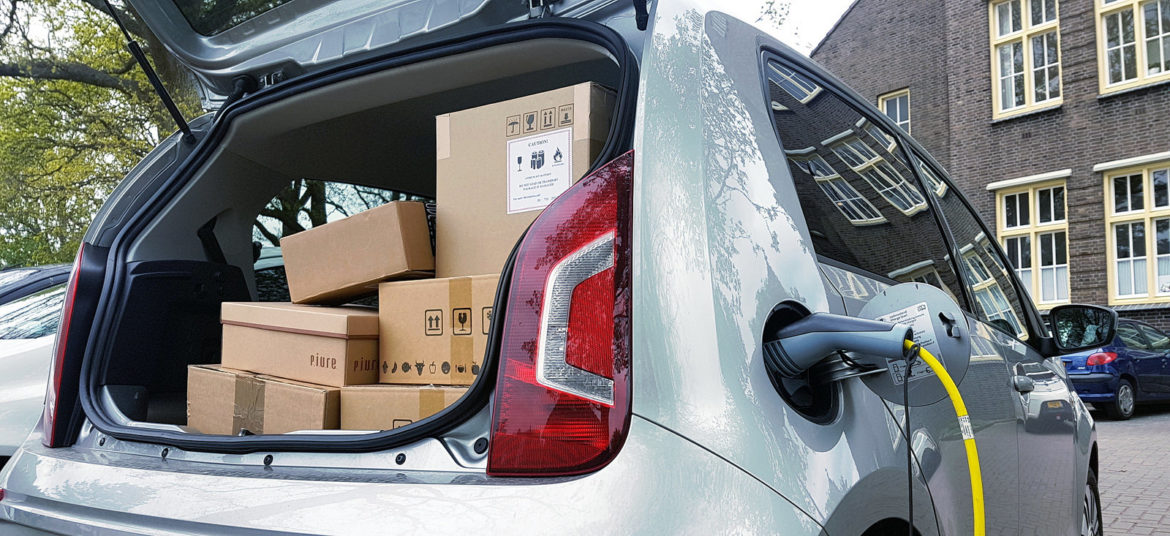![data_story_8[1]](https://a068e7e0.delivery.rocketcdn.me/wp-content/uploads/2019/12/data_story_81-e1578362832571.png)
Source: EV Hub
Electric utilities have the opportunity to lead in the effort to expand transportation electrification in underserved communities. These communities are an important focus for utilities because they often face disproportionate harm from transportation emissions and utilities as companies that serve the public are well positioned to ensure all segments of society benefit from transportation electrification. Following a comprehensive review of all utility programs related to transportation electrification tracked in the EV Hub Utility Filings Dashboard, we have found that nationwide, 36 out of the 101 program proposals include an equity goal in at least one element of the program.
While this is an encouraging figure, it includes all programs that have at least one element proposing to invest all or a specific proportion of funding for underserved communities and therefore includes programs with relatively small commitments to underserved communities. Furthermore, stating underserved communities are a priority is not a guarantee an investment will occur and a closer look at these programs reveals that only approximately 25 percent of all approved investment in transportation electrification is directed to benefit underserved communities.
Investment prioritization is just one aspect of efforts to ensure the benefits of transportation electrification reach underserved communities and specific data on the level of utility engagement in transportation equity has been difficult to come by. Using the Greenlining Institute’s Mobility Equity Framework as a guide, we recently upgraded the way we track equity-related elements in electric utility filings on EV Hub. We’re now tracking equity goals, requirements to invest a certain amount of funds in underserved communities, labor requirements, public reporting requirements, and engagement with underserved communities.
Our new data reveal that more than $977 million of approved utility programs include some prioritization of underserved communities. These programs could support up to 26,280 Level 2 charging stations and 560 DC fast charging stations. While this shows significant utility engagement in underserved communities, more than 90 percent of this investment is concentrated in California. In addition, out of the total approved investments, only $345 million is allocated directly to underserved communities.
As is the case with approved investments, California utilities claim the vast majority of the $812 million in pending investments which include an equity-related focus. In some cases, utilities have tried to invest in underserved communities and received rejections from their respective commissions. On September 30, 2019, 95 percent of National Grid’s $162 million EV program was denied by the Massachusetts Department of Public Utilities. More than $110 million of this program included some focus on investment in underserved communities. Overall, regulatory commissions have denied almost $280 million in potential utility investment in underserved communities.
Concerted efforts to enhance education and awareness on the needs of underserved communities can ensure that both utilities and commissioners prioritize these communities in proposed programs. The Greenlining Institute highlights the importance of third-party partnership in these engagement efforts. Despite being well-positioned to engage directly with their customer bases, more than 86 percent of utility programs do not indicate specific plans to engage with underserved communities. Through September 2019, only 45 out of the 101 total filings include education and outreach components and only a quarter of those explicitly target underserved communities.
Even though we’re seeing an upward trend in electric utility programs seeking to benefit underserved communities, there is more work to be done to ensure that transportation electrification investment is equitably distributed around the country. It is important that electric utilities and other stakeholders ensure that the needs of underserved communities are met by engaging them early and ensuring the programs developed by the utilities accurately reflect the community’s changing needs.

















